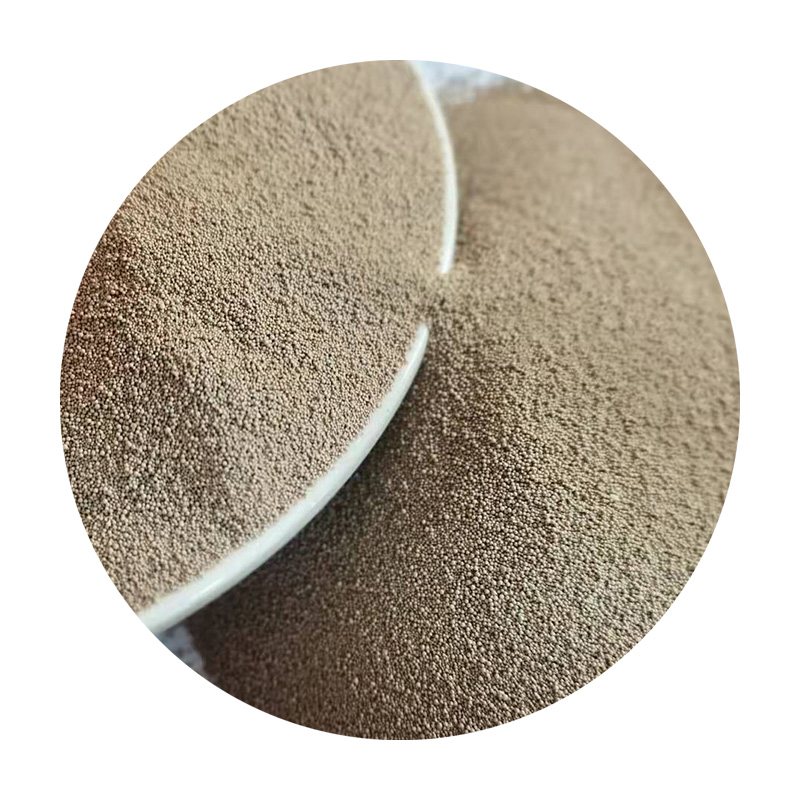How to Sand 3D Prints A Comprehensive Guide
3D printing has revolutionized the manufacturing landscape, allowing creators to bring their ideas to life with unmatched precision. However, the final product often requires some post-processing to achieve a polished and professional look. Sanding is a crucial step in this process, helping to remove layer lines, improve surface finish, and enhance the overall quality of your print. Here’s how to effectively sand your 3D prints.
1. Gather Your Tools Before starting the sanding process, gather the necessary tools. You’ll need a variety of sandpaper, ranging from coarse (60-120 grit) to fine (180-400 grit), a sanding block, and optionally, a Dremel tool for hard-to-reach areas. Dust masks and safety goggles are essential to protect yourself from debris and dust particles.
How to Sand 3D Prints A Comprehensive Guide
3. Start with Coarse Sandpaper To tackle prominent layer lines and surface imperfections, start with coarse sandpaper (60-120 grit). Wrap the sandpaper around a sanding block for even pressure and better control. Gently sand the surface in a circular motion, applying even pressure. Be sure to focus on high spots and rough areas while avoiding over-sanding, which could deform the model.
how to sand 3d prints

4. Move to Medium Grit After addressing the initial imperfections, switch to medium grit sandpaper (120-180 grit) to further refine the surface. This step helps smooth out the rough areas you tackled earlier, creating a more uniform finish. Continue using the sanding block and circular motions for consistency.
5. Finish with Fine Grit Once you’re satisfied with the surface, transition to fine grit sandpaper (180-400 grit). This step will give your print a smooth, polished appearance. Sand lightly and evenly, as excessive pressure may strip away details.
6. Clean the Print After sanding, thoroughly clean the print to remove dust and debris. You can use compressed air or a soft brush for this task. Wipe the surface with a damp cloth to ensure a clean finish, particularly if you plan to paint or apply additional finishes.
7. Optional Sealing and Painting For additional refinement, consider applying a sealing agent or primer before painting. This step not only enhances the appearance but also provides a protective layer for your print.
In conclusion, sanding your 3D prints is an essential step in achieving a high-quality finish. By following these steps—from selecting the right tools to using the appropriate sandpaper—your final product will showcase your creativity and craftsmanship beautifully. Embrace the process, and enjoy the transformation of your 3D prints!
Post time:marras . 29, 2024 23:51
Next:why sand casting is preferred
